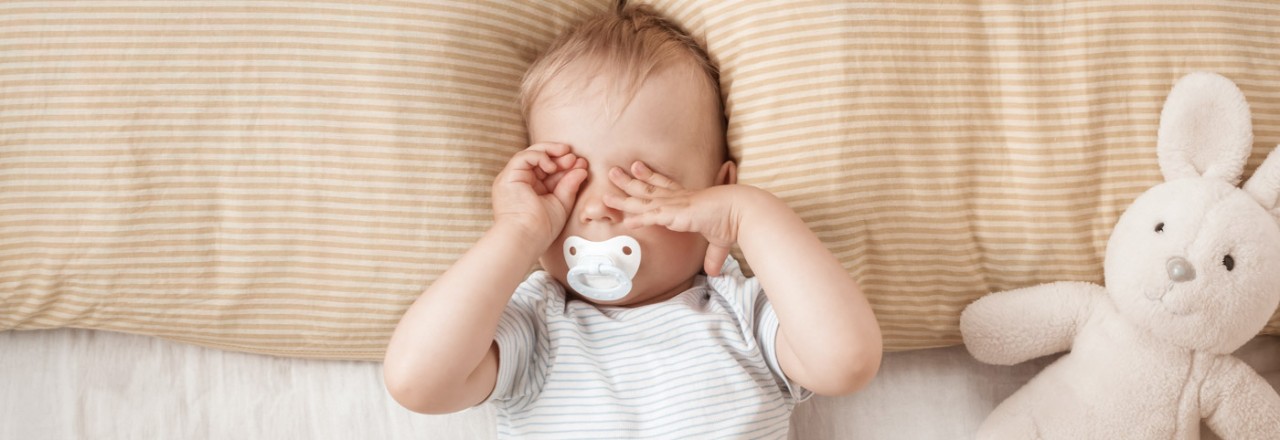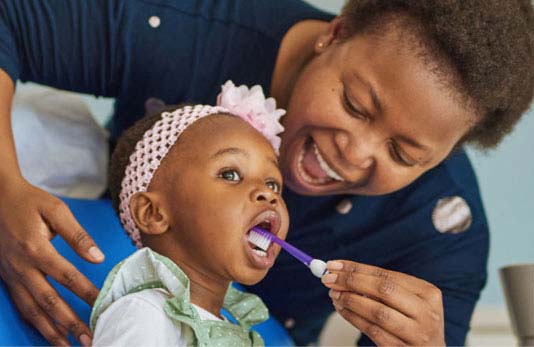Baby pacifiers: Pros and cons

Should you give your baby a pacifier?
Using a pacifier comes with both benefits and downsides.
Pros
Pacifiers provide a source of comfort to infants. Pacifiers can also help reduce the incidence of sudden infant death syndrome (SIDS). Because babies with pacifiers sleep less deeply than those who sleep without pacifiers, they can be aroused from a deep sleep that could result in the stopping of breathing.
Cons
On the other hand, pacifiers can harm the growth and development of the mouth and teeth. Prolonged pacifier use can cause changes in the shape of the roof of the mouth, prevent proper growth of the mouth and create problems with tooth alignment.
Pacifier tips
If you do choose to give your child a pacifier, these tips can help reduce its harm:
- Restrict pacifier use to when the infant needs to fall asleep.
- Always clean the pacifier before giving it to a child.
- Look for a pacifier with ventilation holes in the shield, as they permit air passage. This is important if the pacifier accidentally becomes lodged in the child’s throat.
How to break the pacifier habit
The American Academy of Pediatric Dentistry recommends that children stop using pacifiers by age 3. (Until that age, any alignment problem with the teeth or the developing bone is usually corrected within six months after pacifier use is stopped.)
Breaking the habit is not always easy. Here are a few suggestions for helping wean a child wean from a pacifier:
- Dip the pacifier in white vinegar.
- Pierce the top of the pacifier or cut it shorter to reduce sucking satisfaction.
- Leave it behind on a trip.
Once your child has stopped using a pacifier, always throw it away. It’s not sanitary to save the pacifier for another child to use.
Last updated February 3, 2022
Related articles:
The oral health information on this website is intended for educational purposes only. Always consult a licensed dentist or other qualified health care professional for any questions concerning your oral health.


